Discover Shannon's Lumber Industry Update
Shannon's Lumber Industry Update

Shannon's Lumber Industry Update
Author: Shannon Rogers
Subscribed: 412Played: 25,596Subscribe
Share
© All rights reserved
Description
An 8/4, Kiln dried podcast all about lumber and your questions about it. Let's dispel some myths and broaden an understanding of this ancient industry and help us all become a little more wood savvy...woodier??
160 Episodes
Reverse
In this episode I feature Bubinga and talk through its trade and CITES regulation. I then move into a conversation about how Santa might logistically pull off making toys for the entire world and what his lumber orders might look like.
In this episode I feature Peruvian Walnut and talk about how it has become a flooring species. Specifically how its drying difficulty drove it to be a flooring product. Additionally I talk about juvenile wood, Jindai wood, and the Hickory/Pecan confusion.
Make sure you check out TDC's video about urban lumber that features previous guests Camp Small and UVA Sawmilling.
https://youtu.be/5kx-CoT4zsg?si=0j-g9JS70K5nFYR-
Today we look at the birth of the timber trade in America. From when the Pilgrims stepped off the Mayflower up until the Revolutionary War. Timber was one of those contributing factors that led to war. We all talk about throwing tea into the harbor, but what about the Pine Tree riots and the Broad Arrow Notices that claimed colonial Pines for the Royal Navy. Happy Thanksgiving as we explore how and what timber was used and exported from early America.
Today I feature the mighty Ponderosa Pine. I was marveling at these trees on a recent trip out west and knew I had to feature the species. A mainstay of the construction lumber industry often labelled as PP/LP on lumber racks. But also a species with a different life in the form of clear boards in moulding, interior flooring, paneling, etc. The species is fire propagating and is a perfect example of how healthy forest management needs a little fire from time to time. The Beetle Kill Pine is the result of weak forests without natures cleaning mechanism. Ponderosa is a yellow pine but a pale version of yellow pine both in appearance but in workability with softer and less difference between early and late growth. It makes for a more uniform working experience with planing, sawing or cutting joinery.
Also in this episode I answer questions about:
- Kiln Drying schedules to reduce trial and error when drying lumber
- How pulp wood forests no longer destined to a paper mill could be turned into saw timber forests.
- Typical construction lumber species in the 1920s in the NE United States
Happy Halloween! Let's explore some lumber and tree lore from around the world and some spooky tales that may make you think twice before you cut down that tree or plane that board for your next project.
The featured lumber species today is Catalpa. A very oak like tree but with a really soft workability. High quality, clear lumber that is easy to work and comes in decent widths and lengths. Why doesn't this wood more popular? Also on the show, Tree of Heaven as lumber and the engineered wood products world of PSL, LSL, and LVL.
Today I fight my strong wood bias and take time to talk about composite lumber. All the various plastic boards you will find on the market from wood flour and plastic slurry to polyethylene capped boards and fully plastic HDPE or PVC. What you should know about the differences and how you can actually work with this stuff.
My featured species this episode is Buckeye. Its a non commercial species but not terribly hard to find and has some unique color and high propensity to form burls. But the real meat of this show is a look at how a forest regenerates after a disturbance like a fire or logging. The successional forest model helps us understand how forestry managers can foster a healthy forest through logging. But then we look at how bugs and blights can disrupt the succession model even further.
How do you find unusual and typically non commercial wood species? In this episode I give some tips to help the listener build a network of wood sources.
Monkeypod is a great timber coming out of Costa Rica that is almost entirely FSC. It is often sold as wider slabs due to the lighter weight and the way it is sawn in the jungle. A great alternative to many of the tropical species out there like Koa and Blackwood or even some of the fancy Rosewoods.
Let's define plantations and natural forests and talk about what we can expects from the lumber coming from plantations. Also how plantations can evolve into natural forests. Ultimately why do we need plantations and why do we need natural forests. Also answer some questions about air drying and dealing with bugs as well as drying large timbers.
It could be said that Hickory built America. Hickory's properties made the American felling axe possible with its extremely high MOR and MOE values. Today we discuss this great American wood and why you need to add it to your repertoire of woods.
Douglas Fir is a species we find everywhere. So much so that we may not even know we are looking at it. It has two distinctly different markets: construction lumber and fine (very fine) lumber for cladding, decking, soffits, and even furniture. The species has had a rebirth of late and is outcompeting Western Red Cedar in the forests.
What are the markets for the common species of lumber you find at your hardwood lumber dealer. I delve into who is buying what and for what. Plus further discussion about logging in national forest land, wood movement and heat, buying veneer, and harvesting Boxwood.
This time I featured Parota or Guanacaste. The Costa Rican national tree and known for being avialable in wide slabs of red, ribbony goodness. I also discuss how to know if the wood you are buying will be good for the project you intend to build, and fungus..mmmm fungus.
Time to revisit the old stud torn from a building that is compared to the new stud fresh from the big box store. But more to the point, let's take a look at how wood is sawn from a log to meet market demands. Not that trees don't grow like they use to but do we actually need them that way too.
This episode's featured species is London Plane or Plantanus hybridia. Nearly identical to American Sycamore it is a fun blonde wood option with a striking quartersawn lace pattern. Soft and light it is easy to work but can be difficult to dry without a lot of twisting and checking. We also open the can of worms on the lumber tariff conversation and look at how lumber can pose a national security threat.
Other topics include, decking product options, softer woods for cabinets and counter tops, and finally lesser grade lumber availability.
My guest today is Mark Dubac of Windwood LLC in Portland, OR. Mark has a reputation on social media for humorous posts about the sawmilling world. Often making fun of influencers he has become a bit of an influencer himself by pulling back the curtain and showing what actually goes into sawing logs as a business.
Red Maple is also sold as Soft Maple and it is one of the species of Maple commonly found in the Soft Maple group like Big Leaf, Silver, and Striped Maple. Box Elder is often lumped into this group and sold as well as Soft Maple.
Also in this show: KDAT, Lumpy plywood, and untarped lumber.
In this episode I have the CEO of Thermalwood Canada, Bob Lennon on to talk about thermally modified wood. Thermalwood is a member of the Thermowood Association and follows their procedures for modificiation so you can expect consistent quality throughout their kiln runs. But beyond just the typical thermally modified hardwoods, Bob and his crew have been experimenting and creating new products to fill holes in other markets. In particular is their Obsidian product which may just replace Ebony entirely in guitar manufacturing.



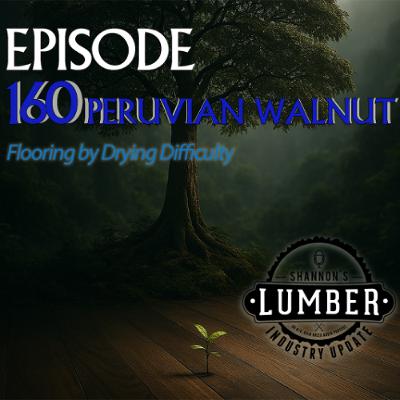

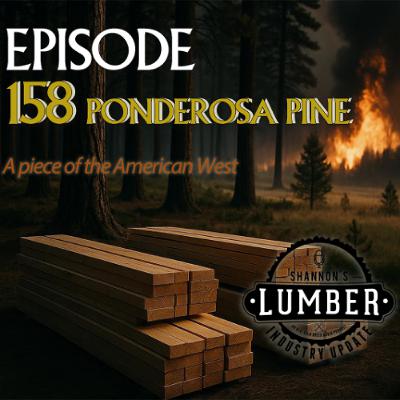

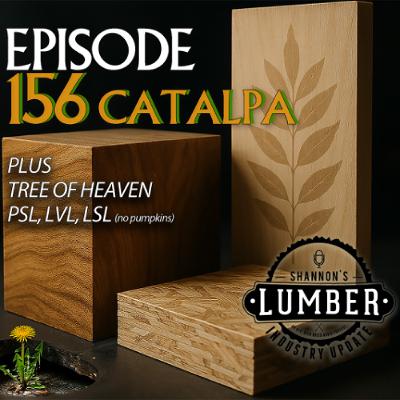
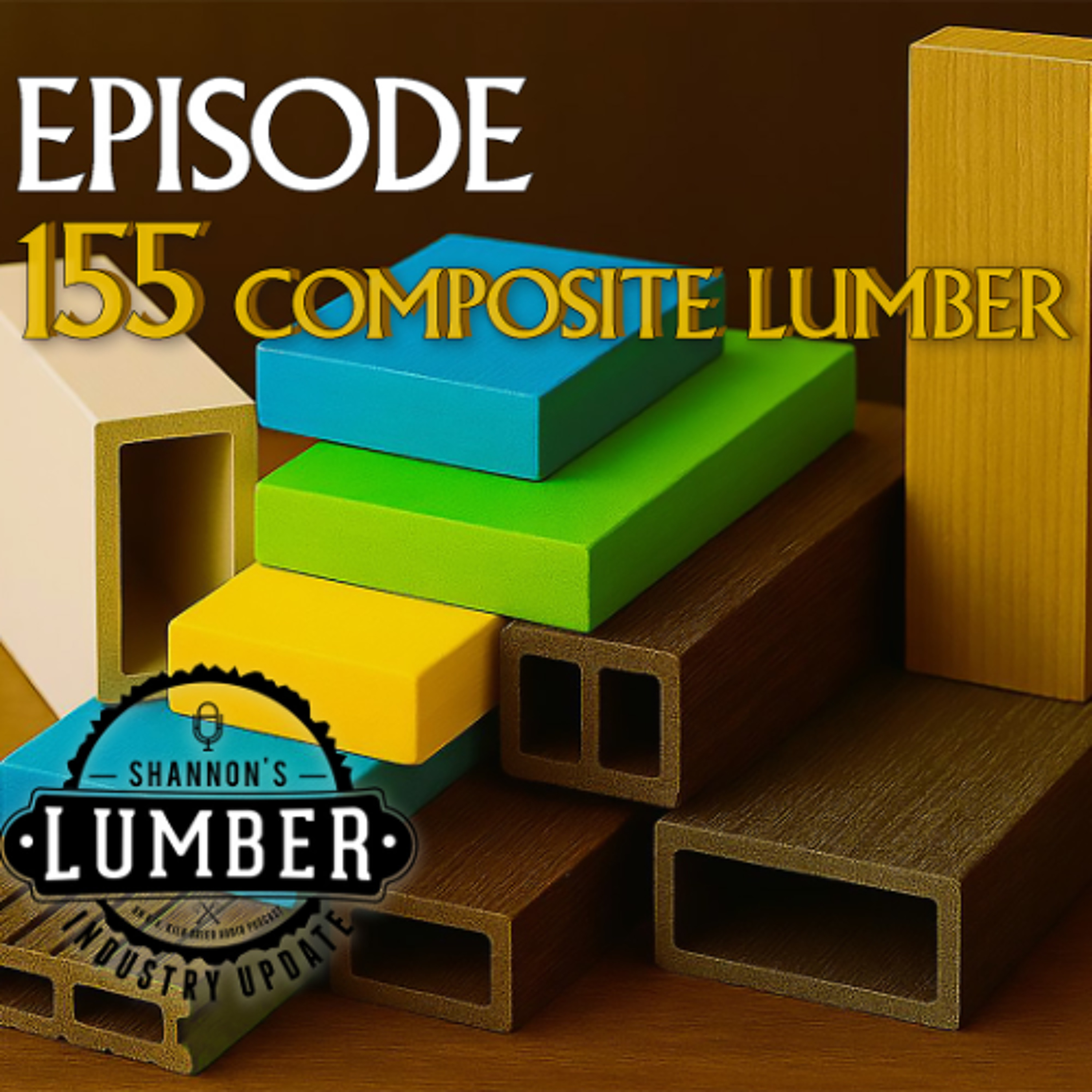
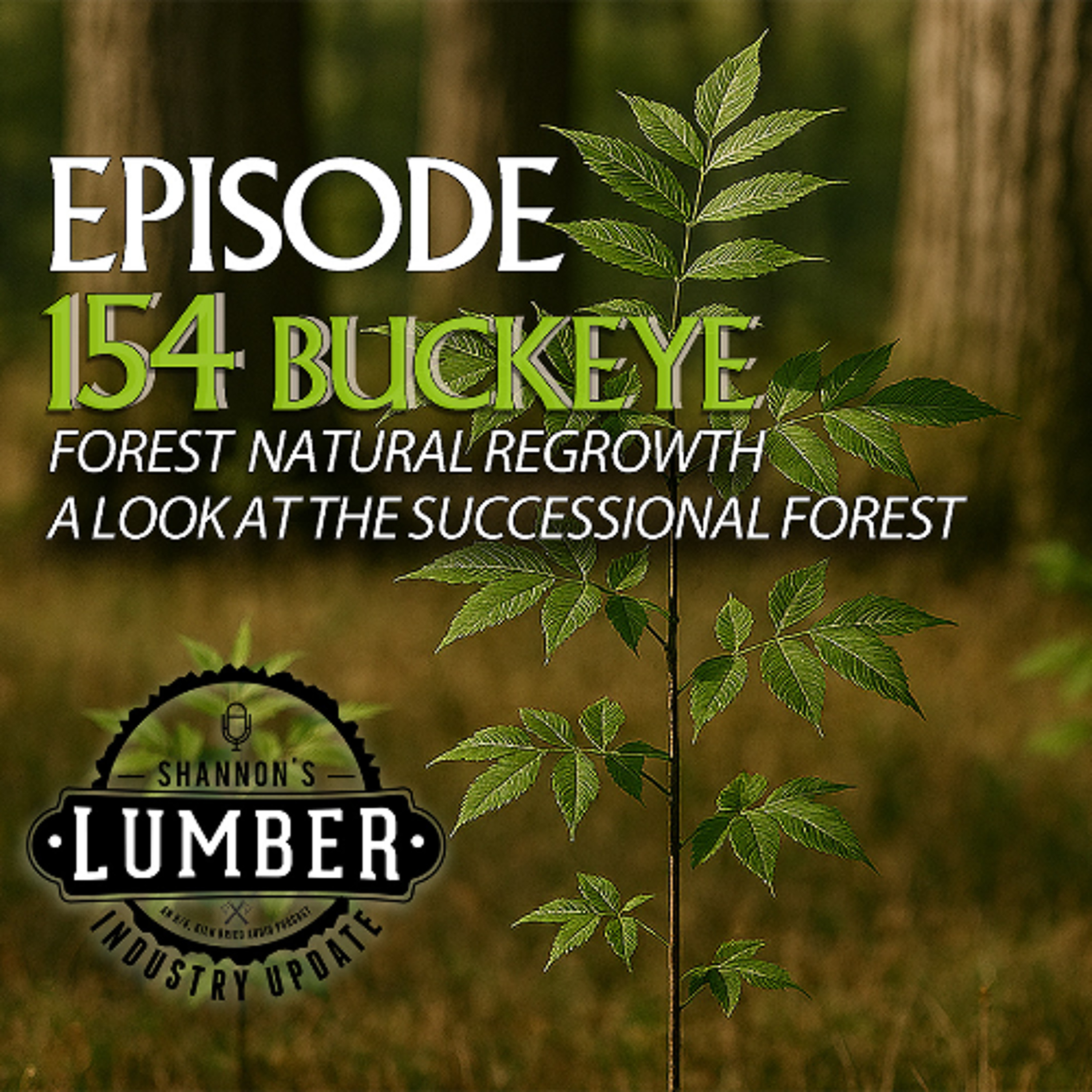

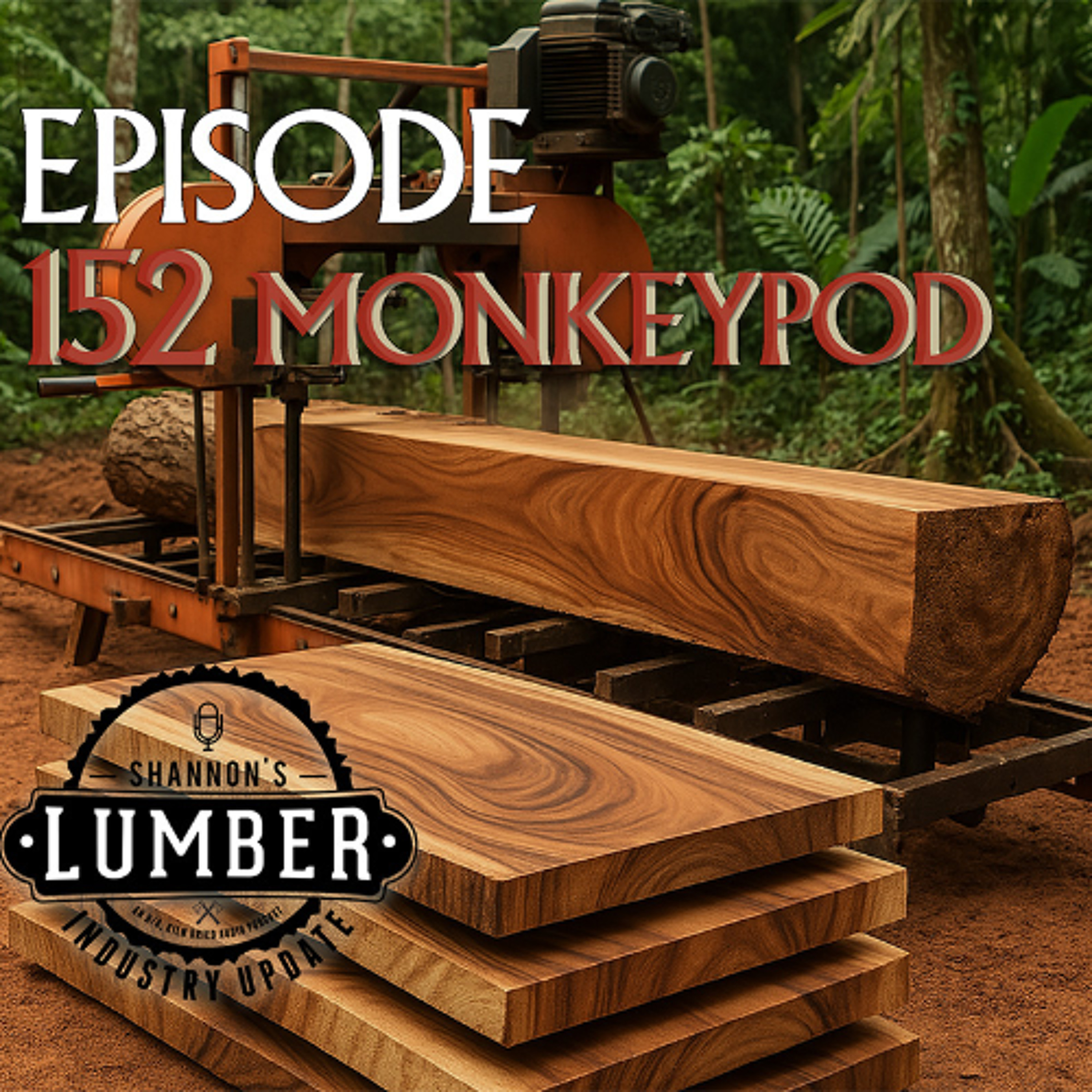

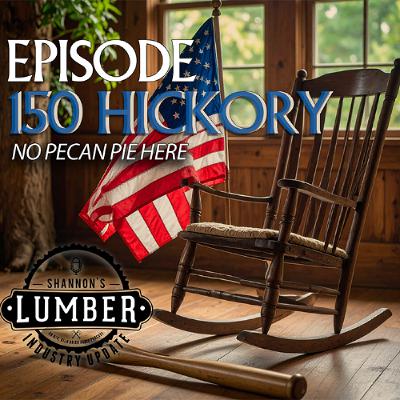
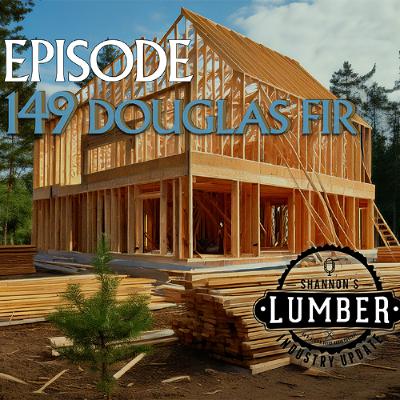
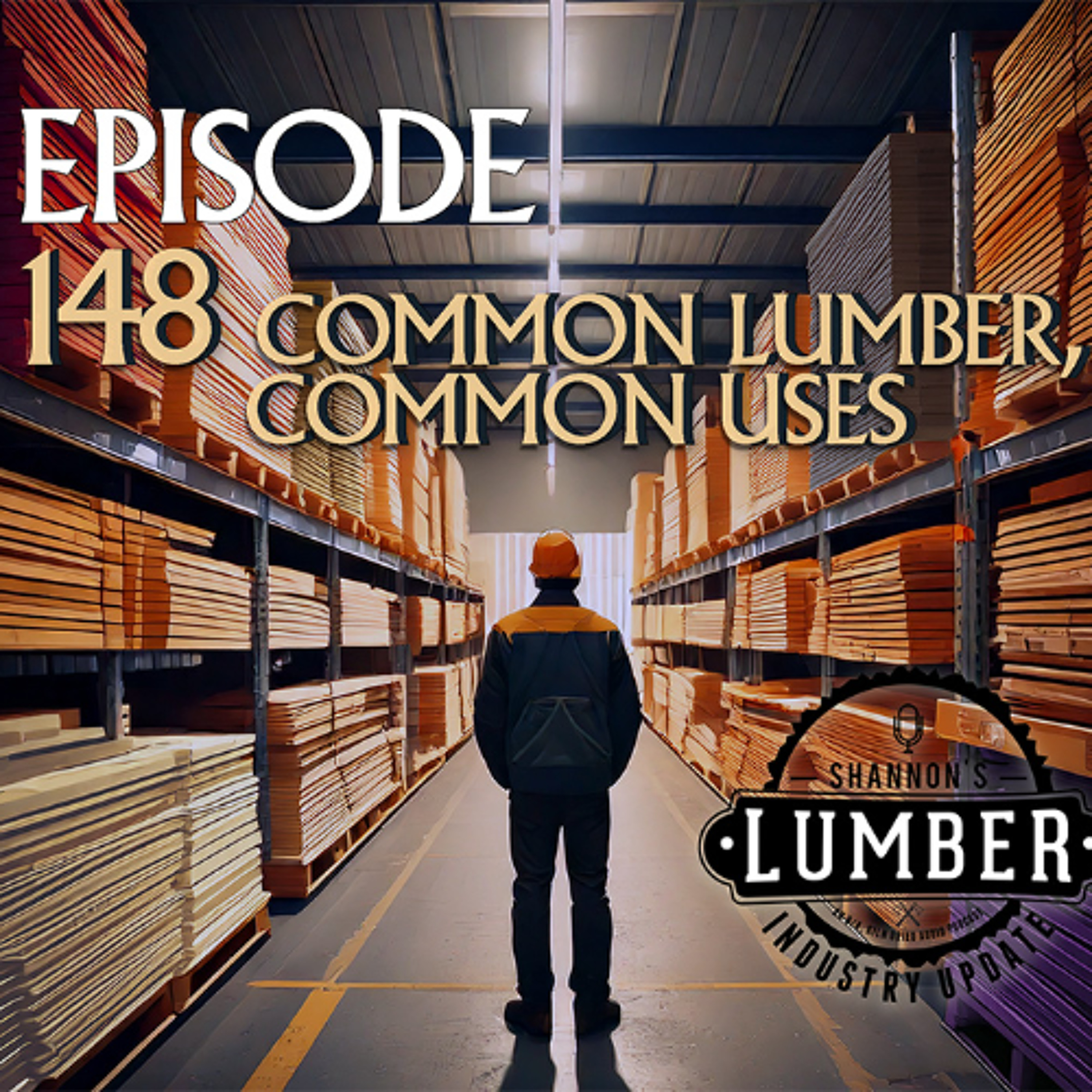
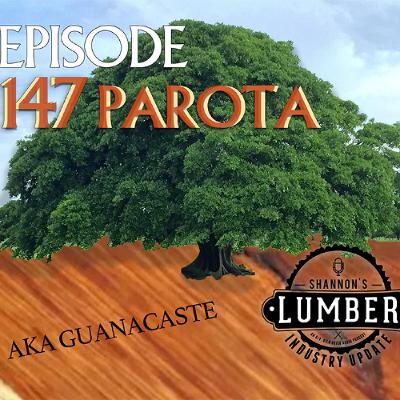
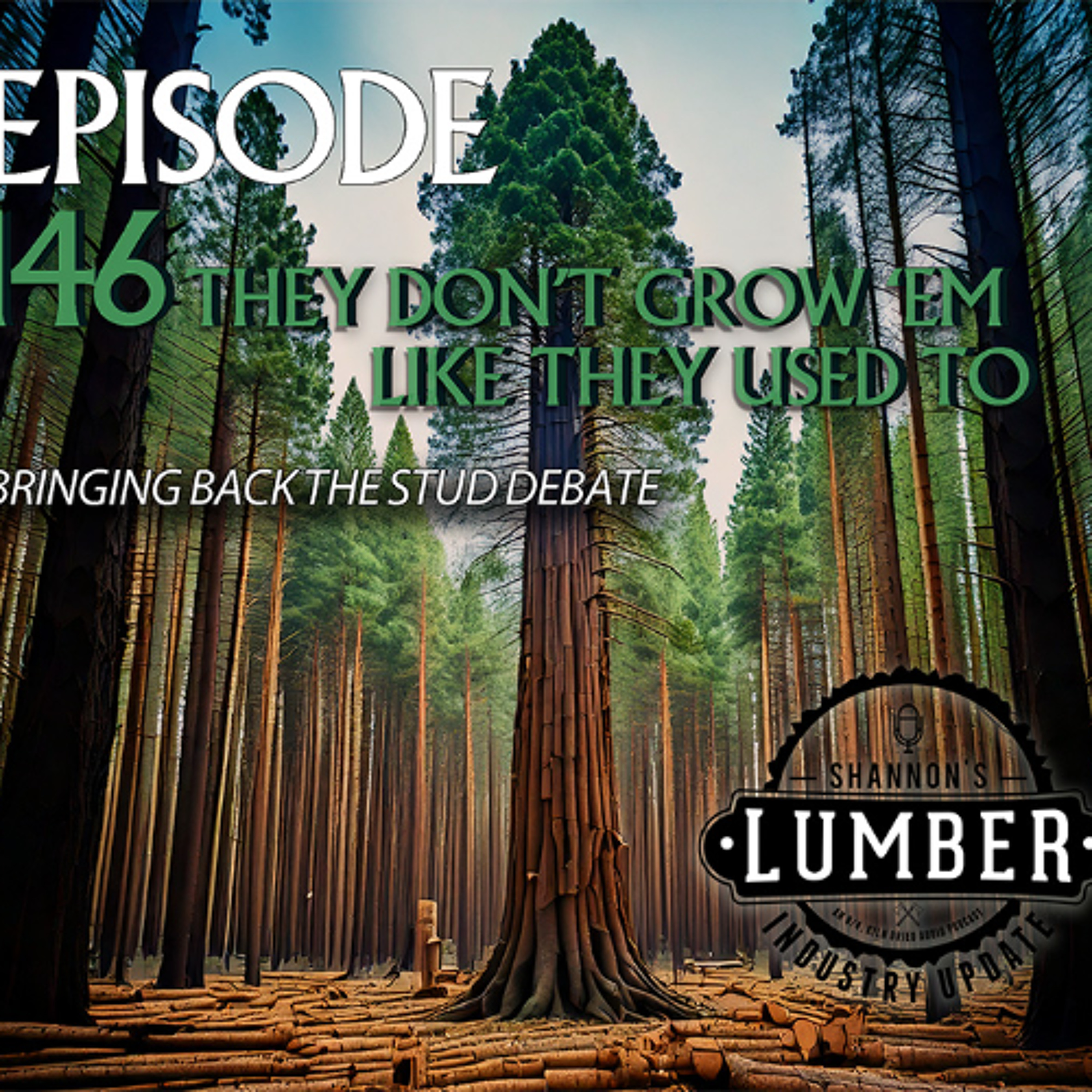

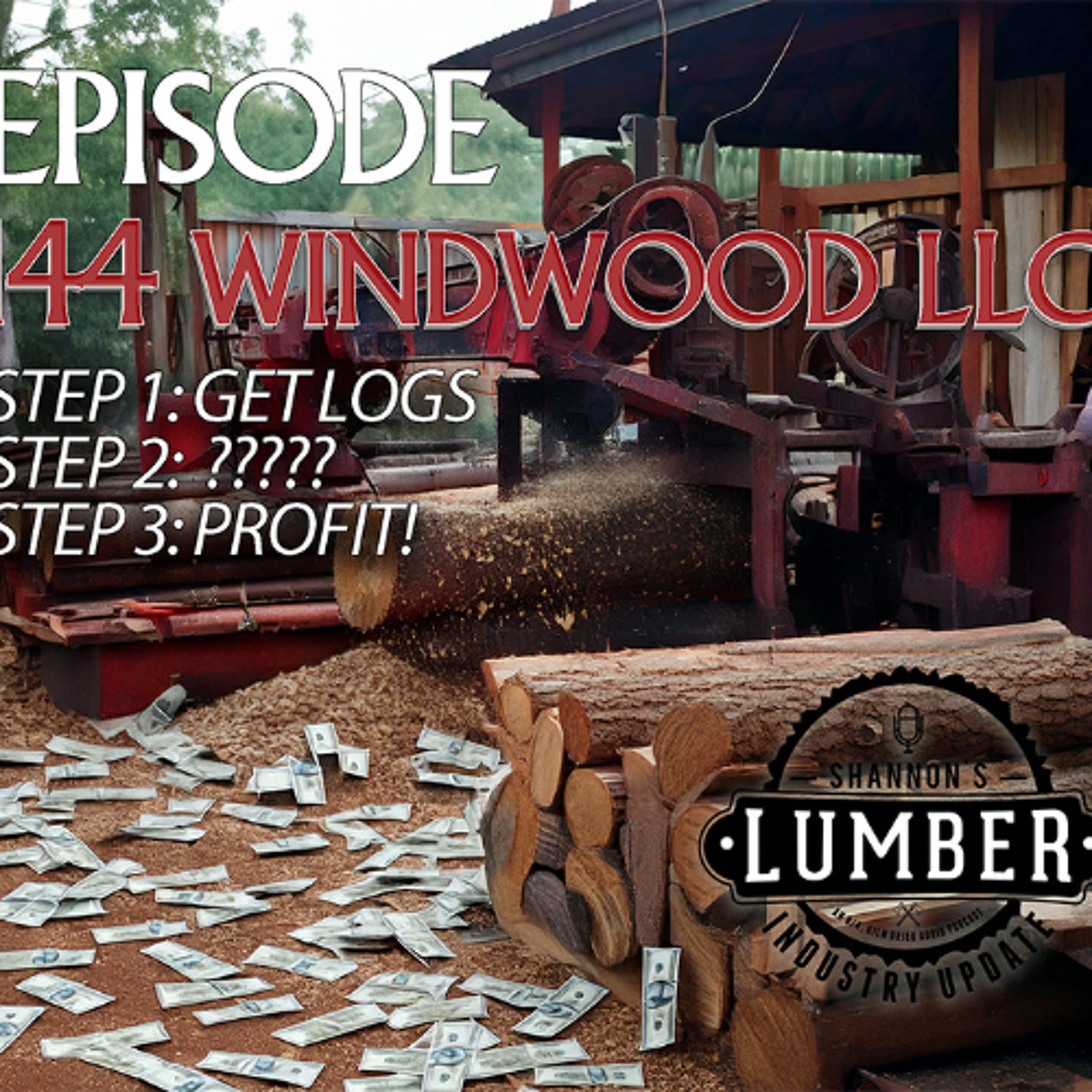
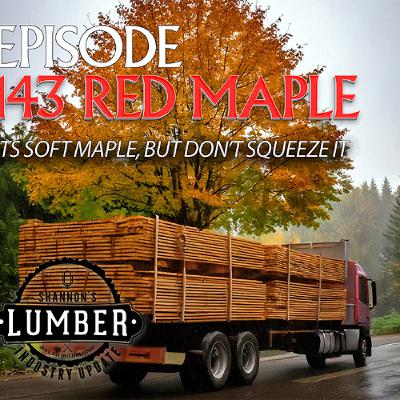




🔴✅📺📱💻ALL>Movies>WATCH>ᗪOᗯᑎᒪOᗩᗪ>LINK>👉https://co.fastmovies.org
🔴✅📺📱💻ALL>Movies>WATCH>ᗪOᗯᑎᒪOᗩᗪ>LINK>👉https://co.fastmovies.org
Crystal lattice? And is the Weigner-Sietz unit cell on that? You dont know the tarrifs were to force China to comply with fair trading practice? Dumbest episode ever. Turns out you're a moron.
Quoring the nazi apologists at the new york times? Gross. Pushing the man made global warming propaganda? Gross. Probably a Marxist racist too I gueez. I thought you were a little smarter. Guess I was wrong.
It's crap. It looks aweful. Never buy steamed anything. especially walnur. Makes the whole board look washed out, but mills can keep rhe ignorant happy.